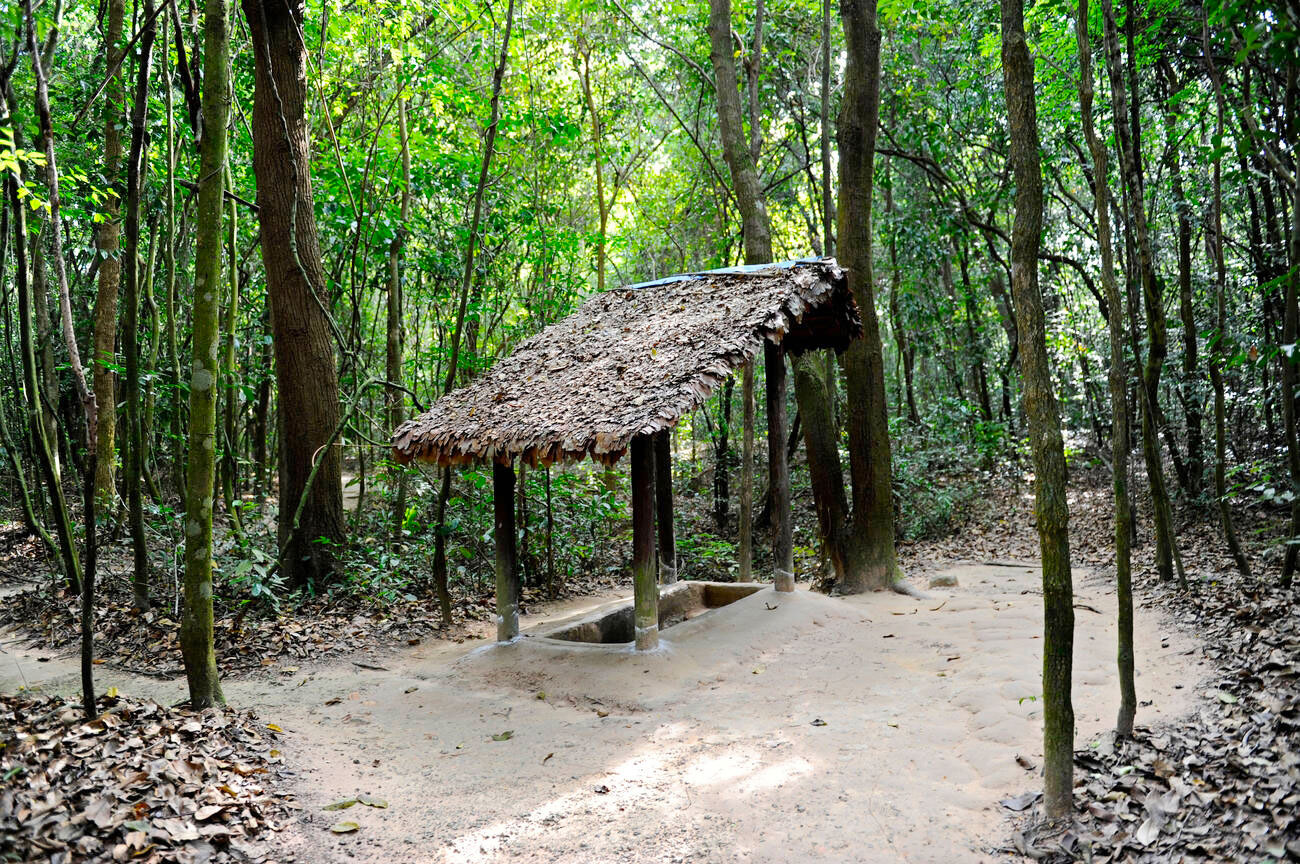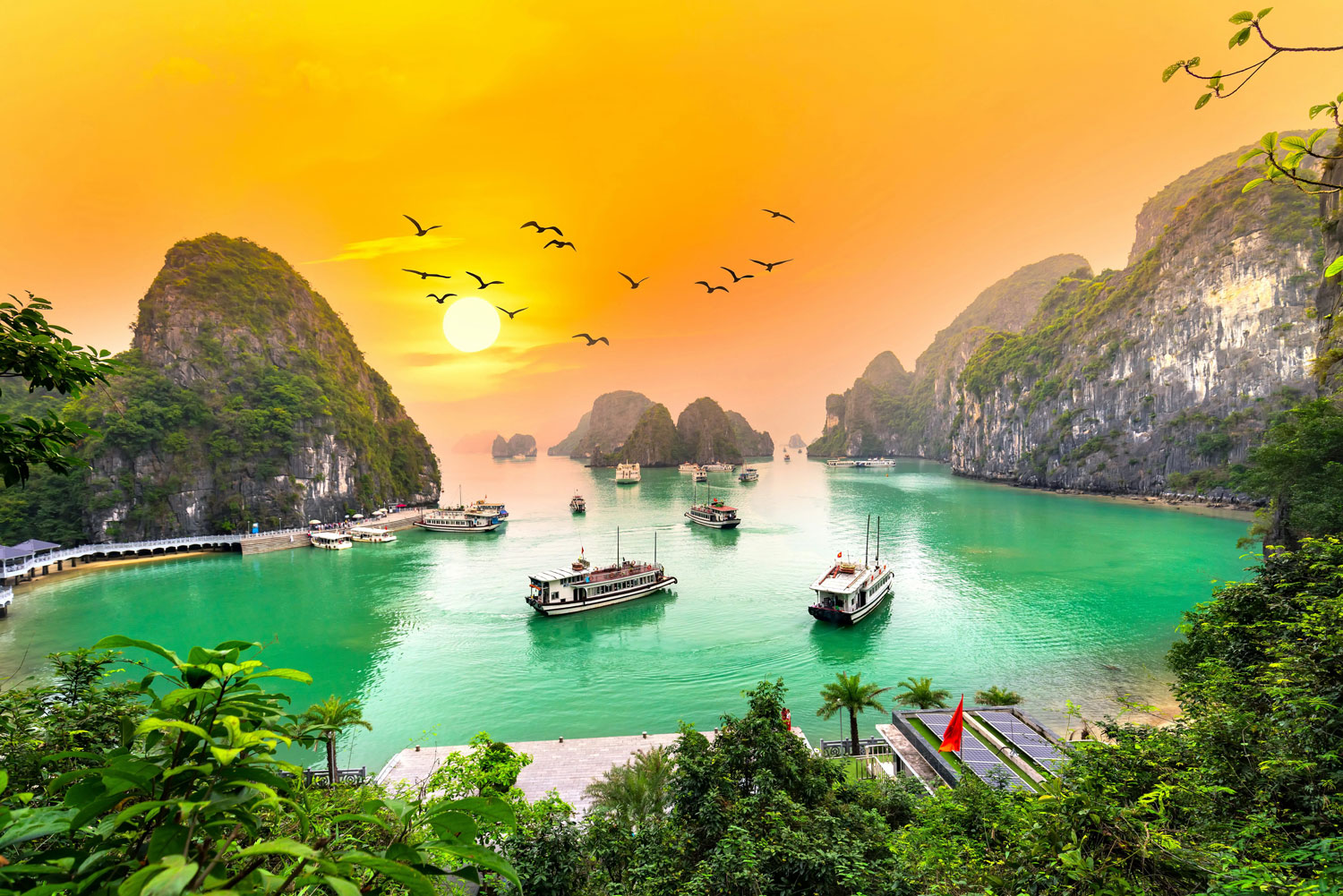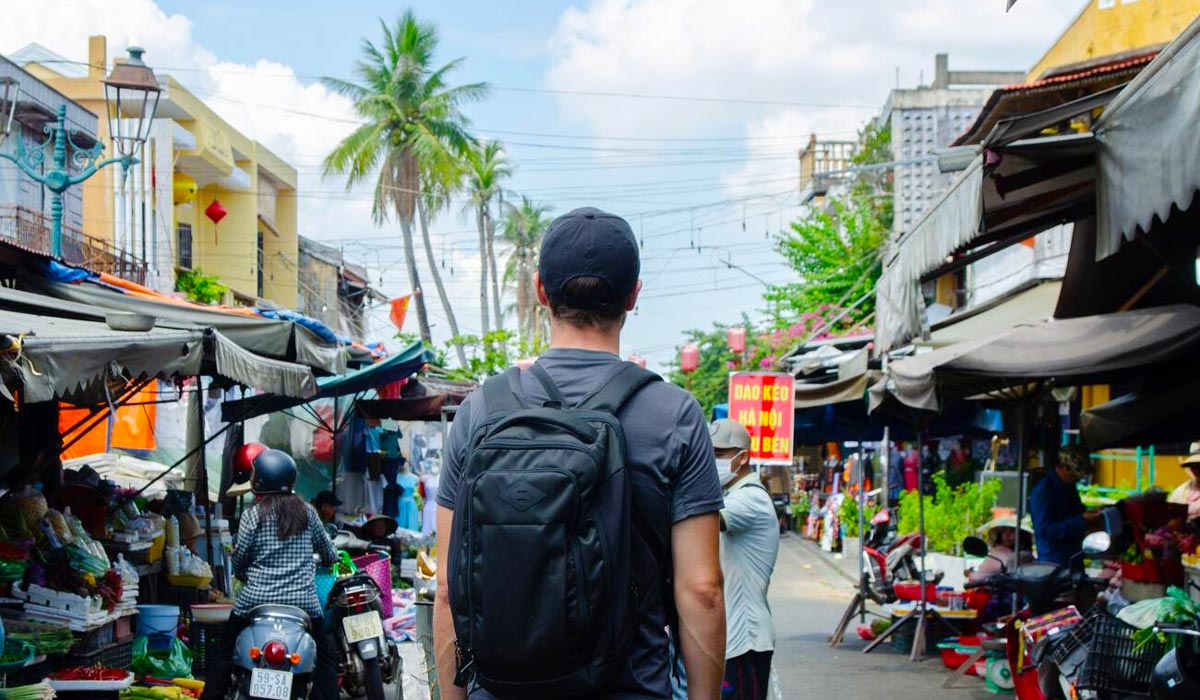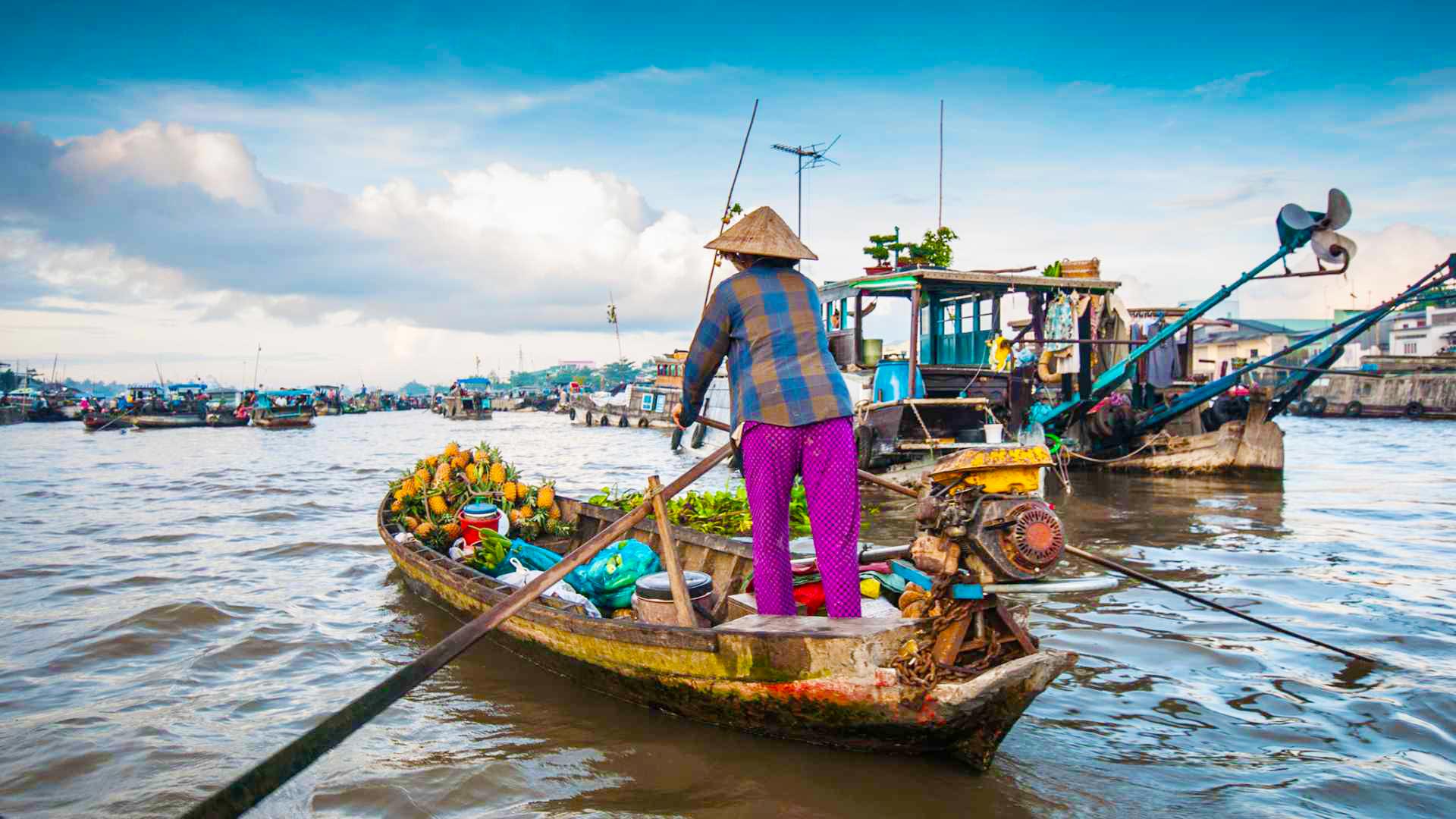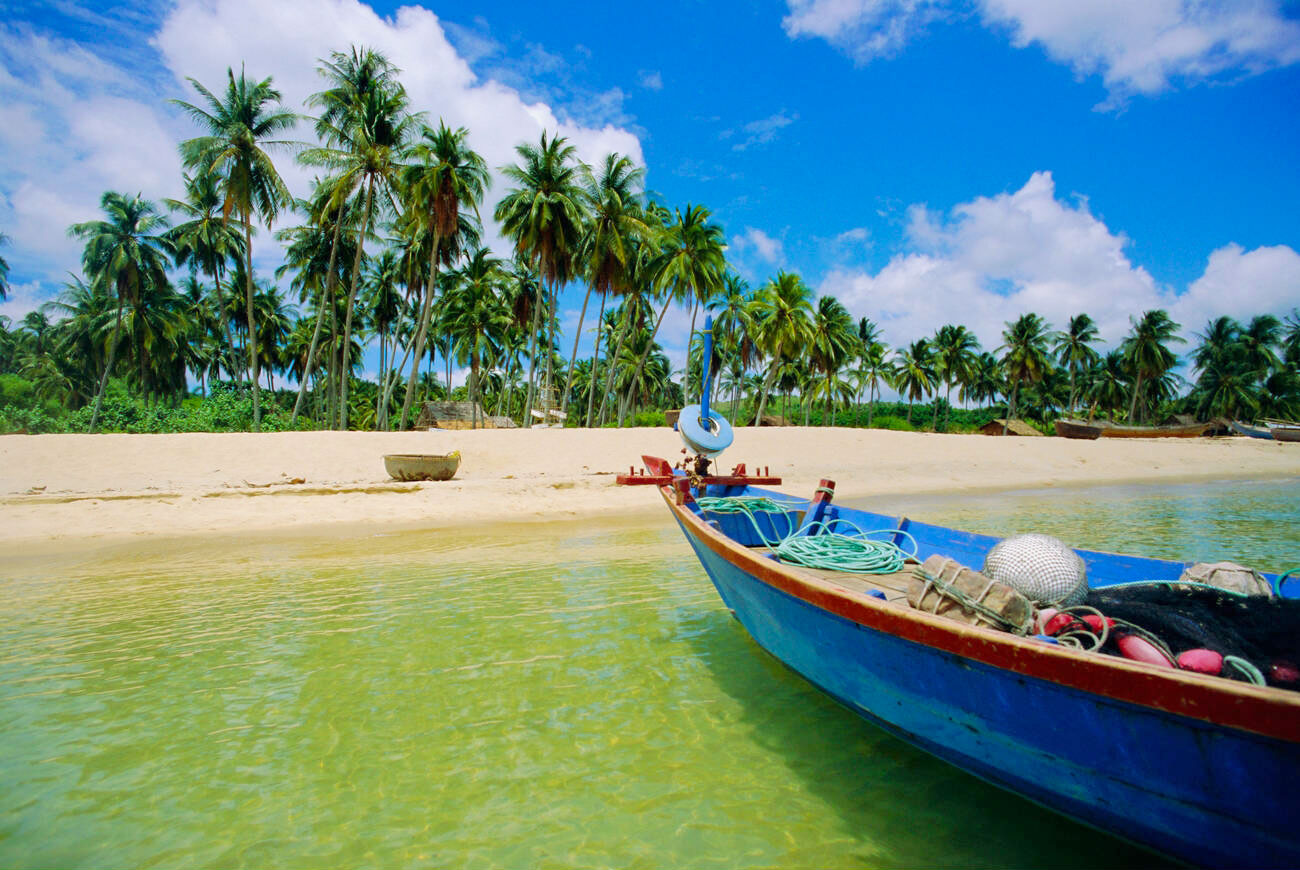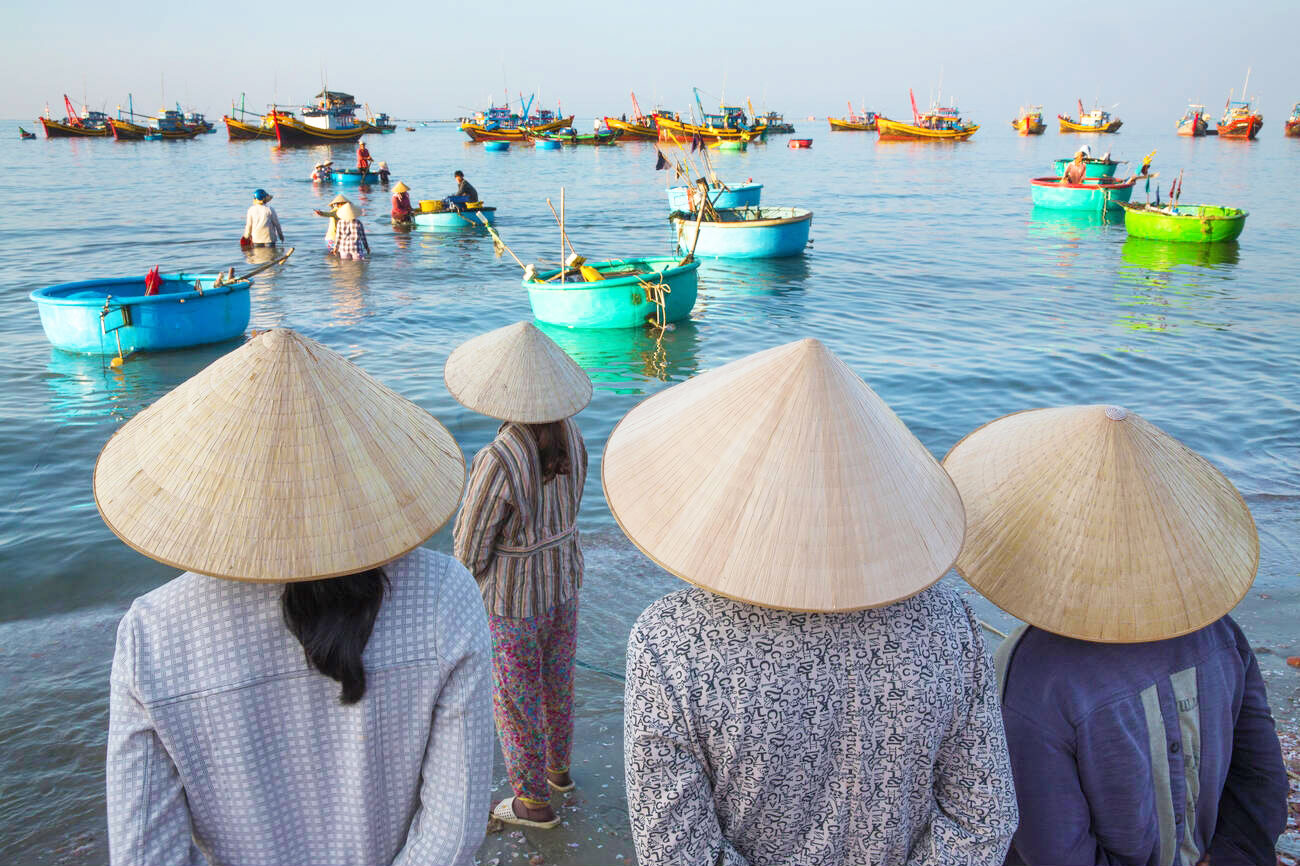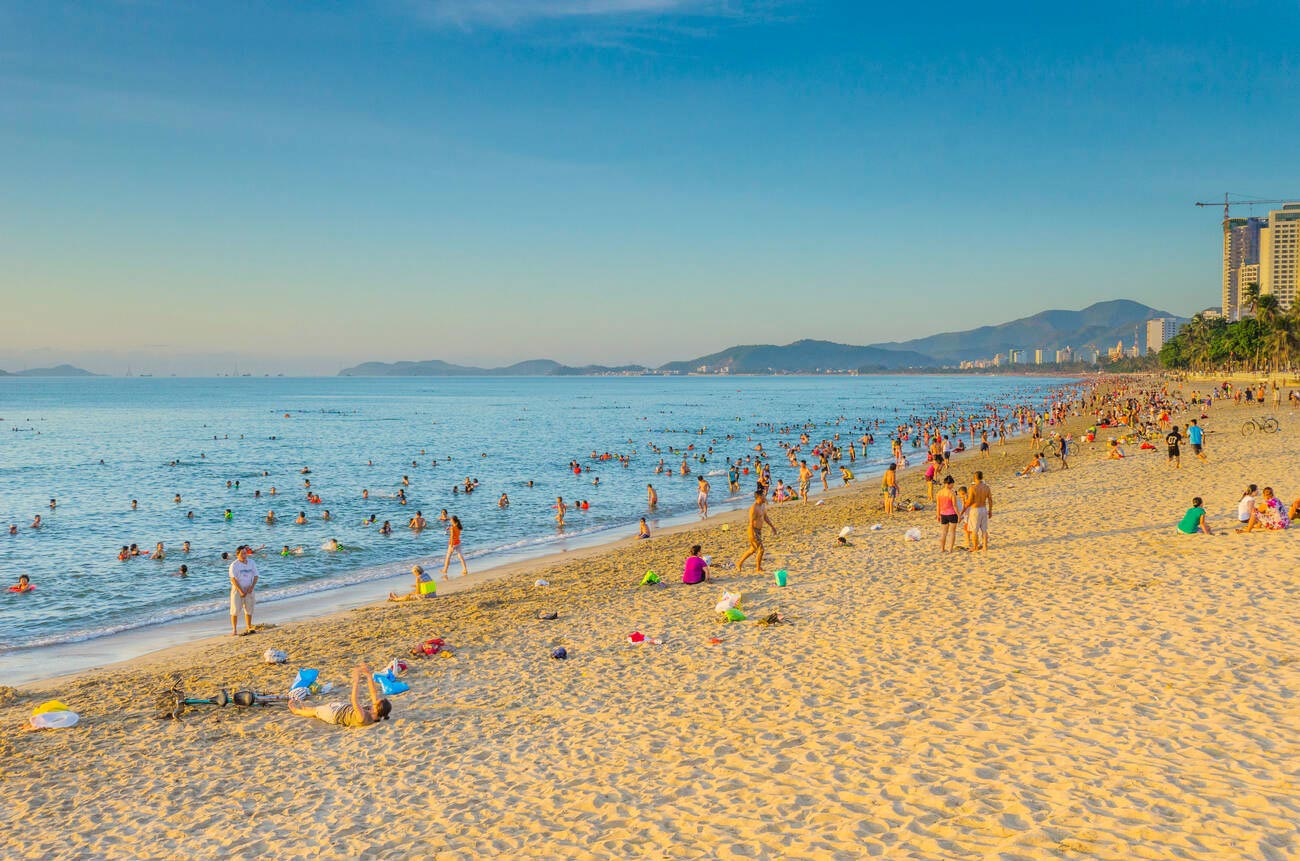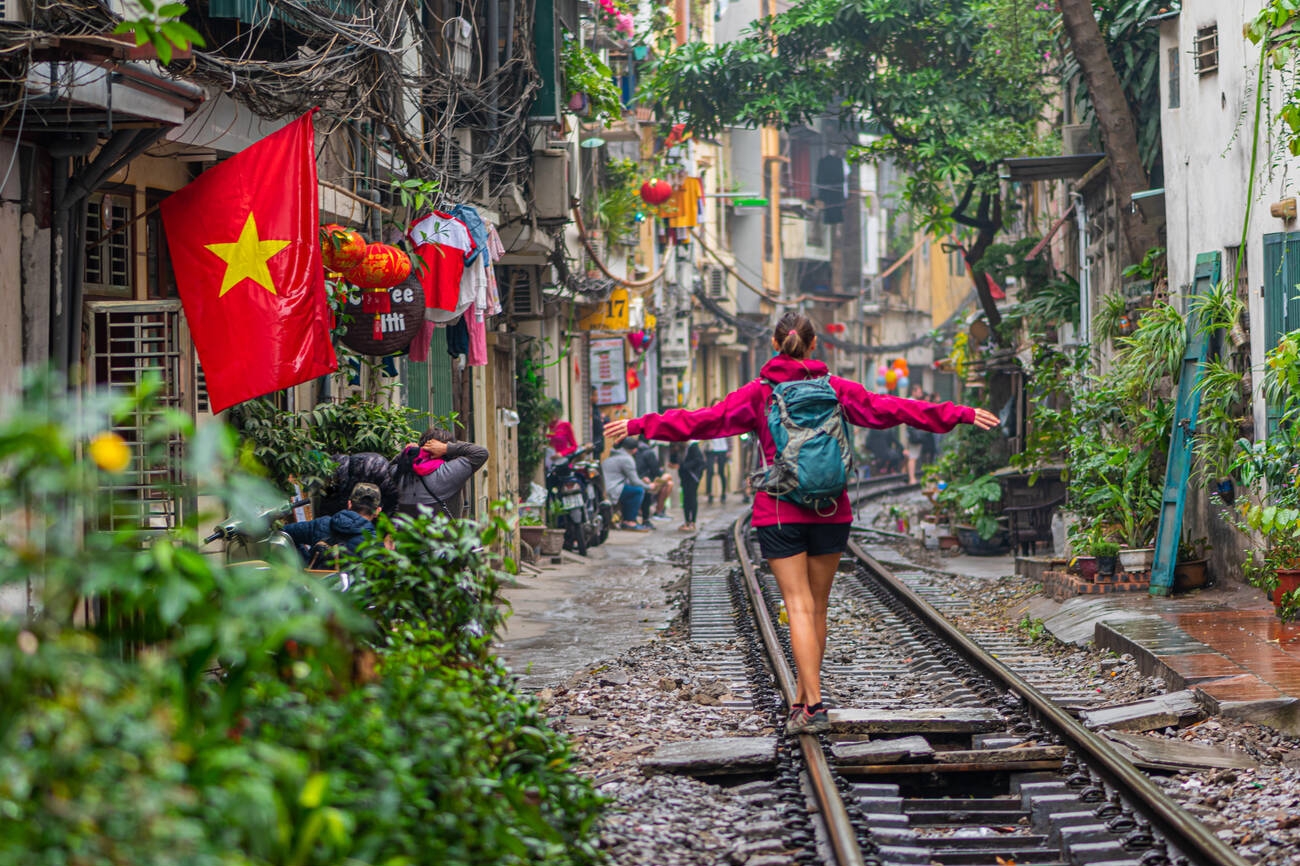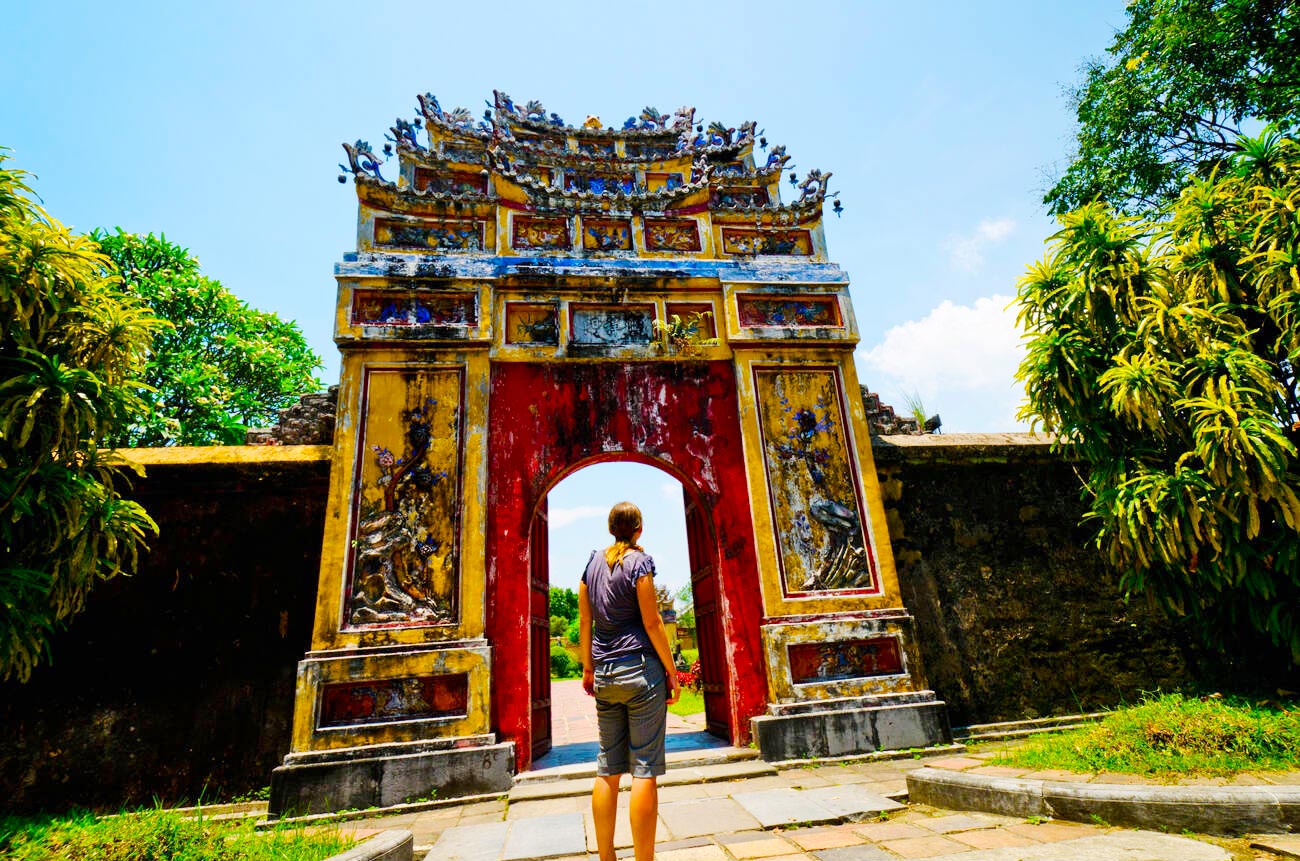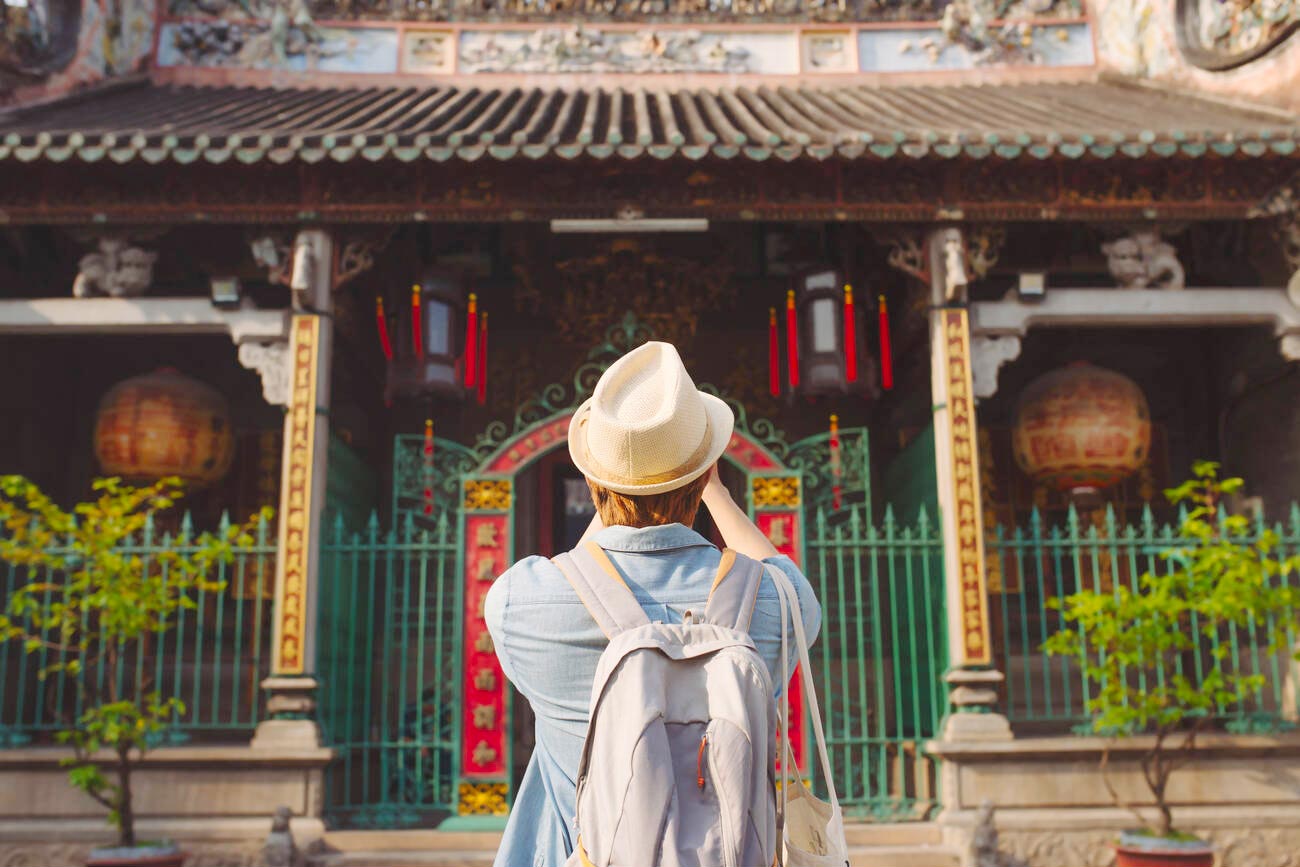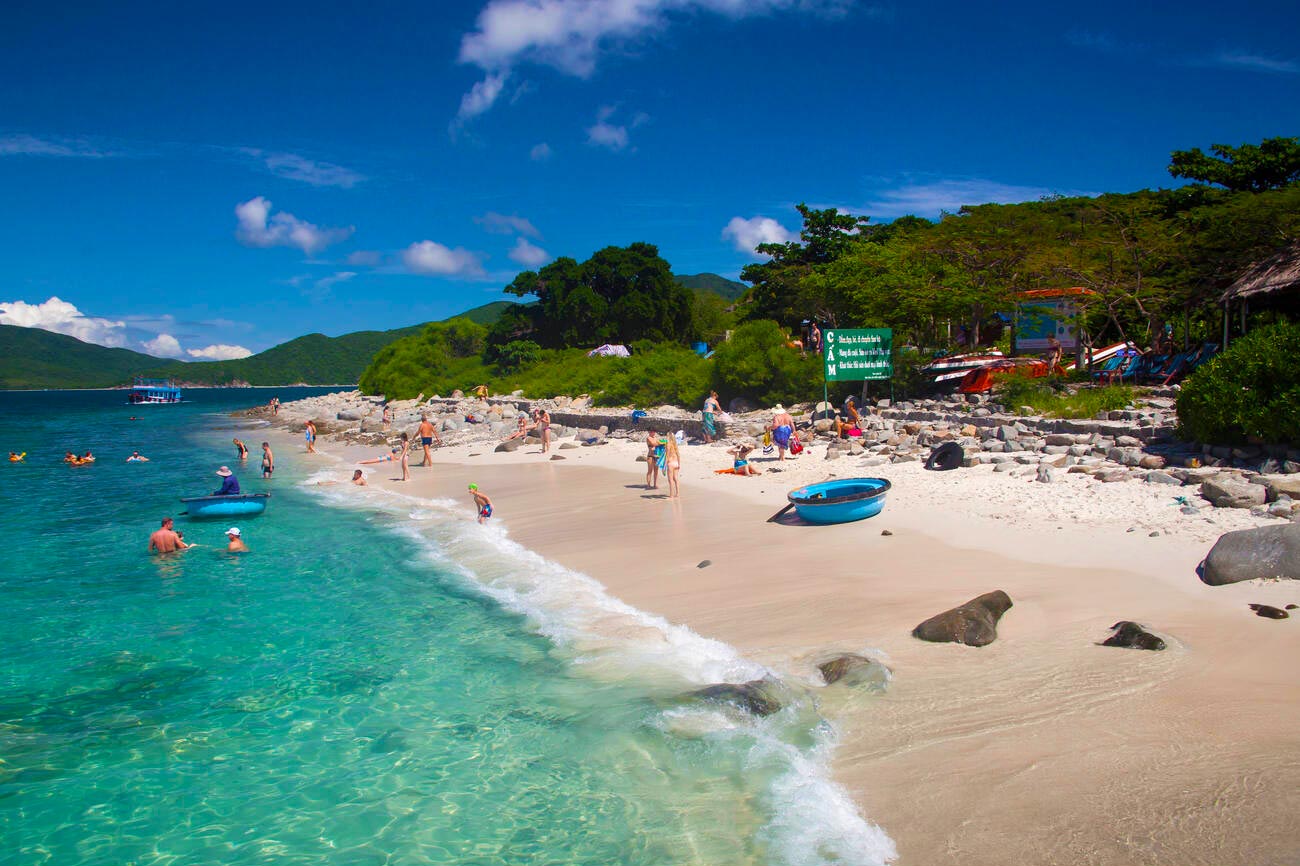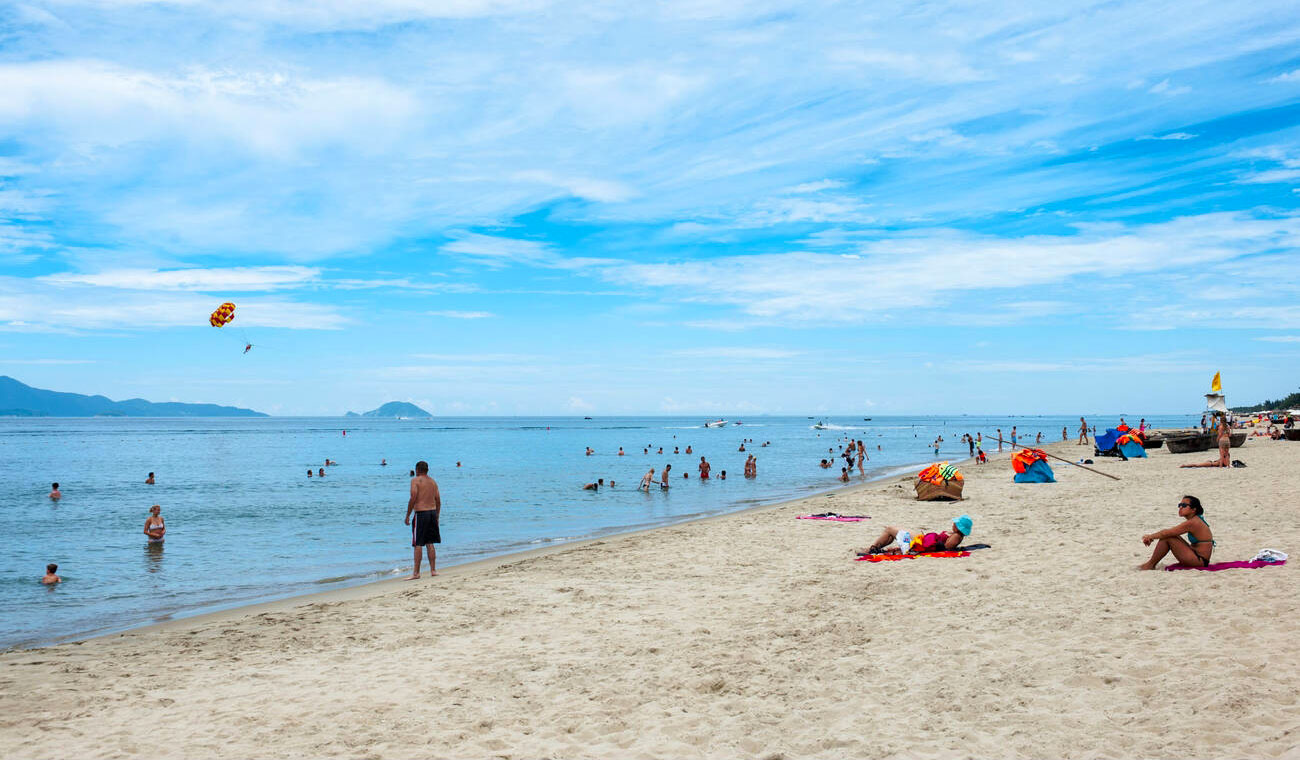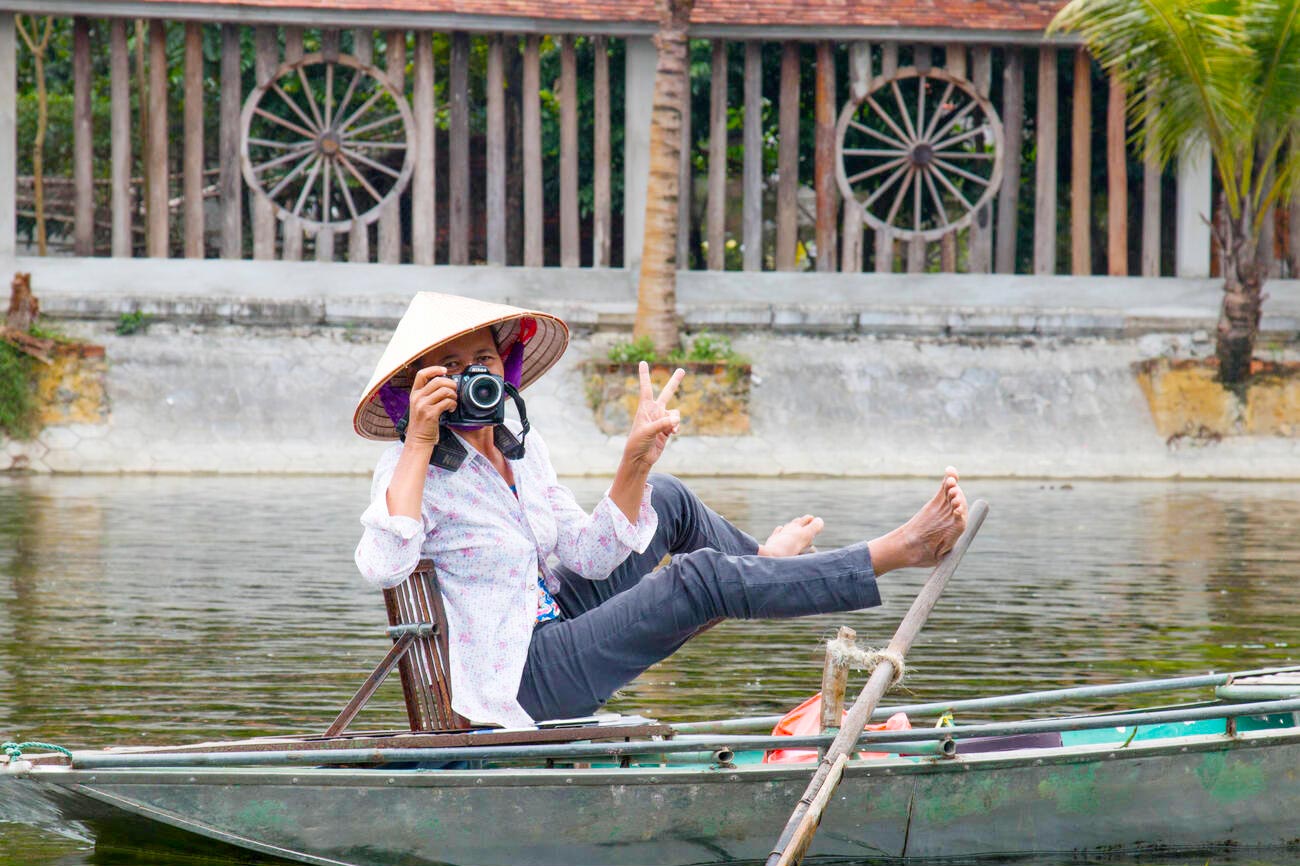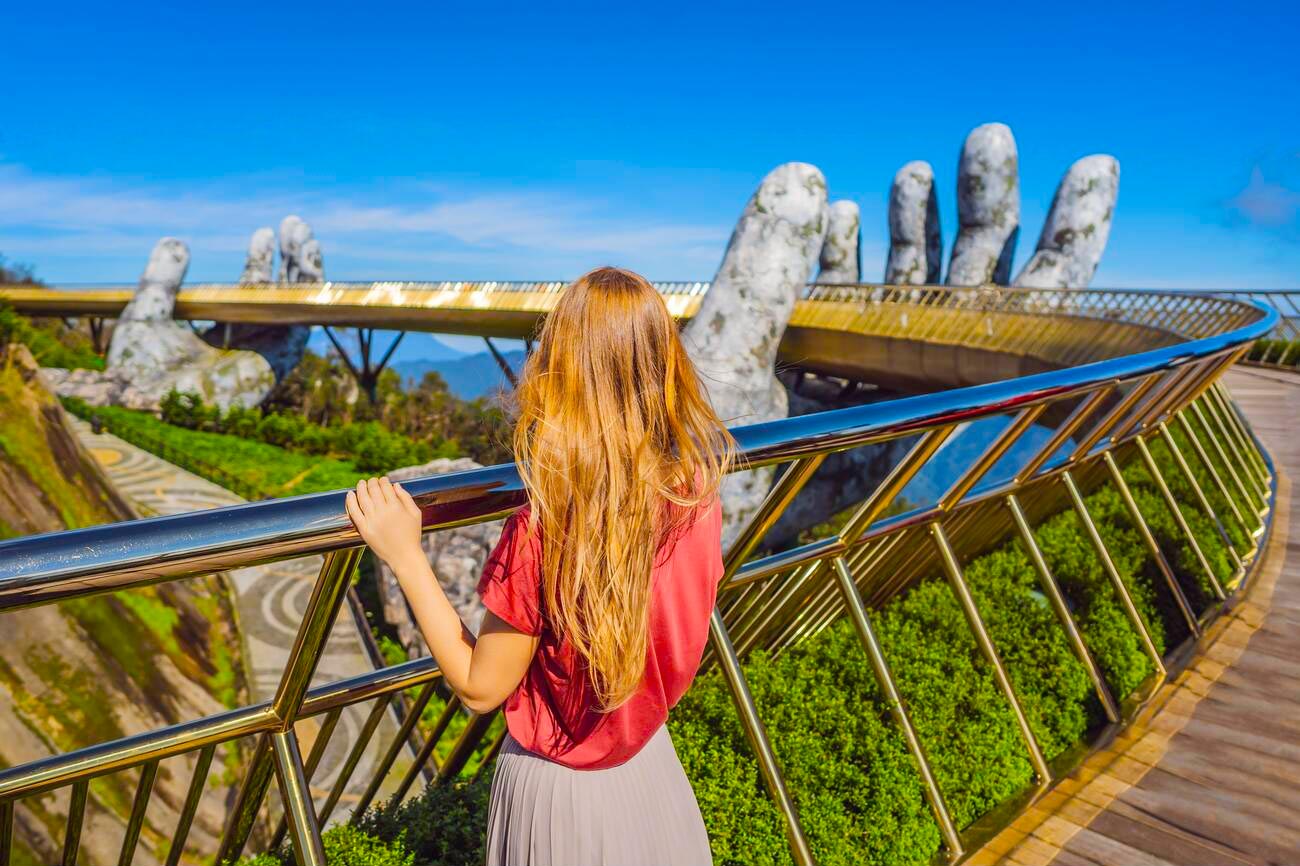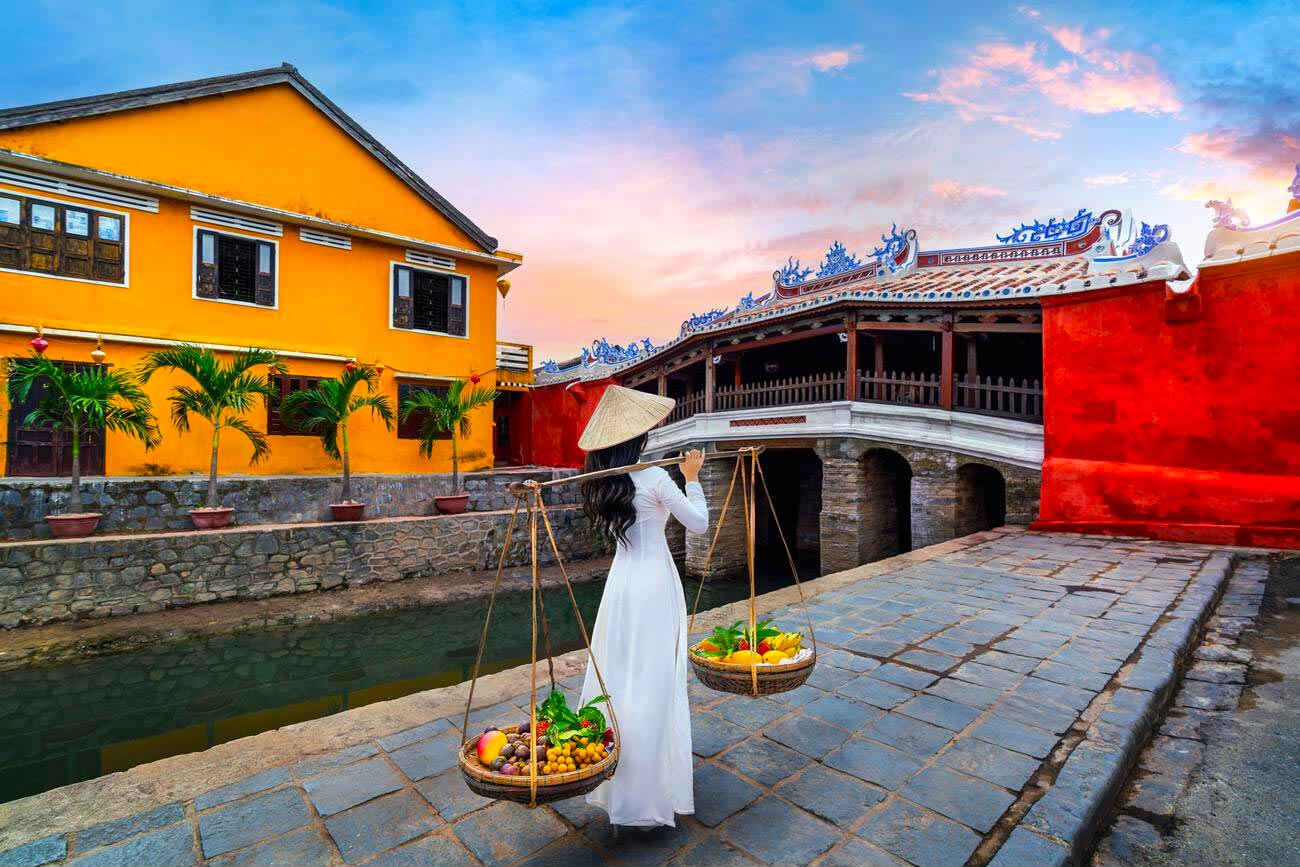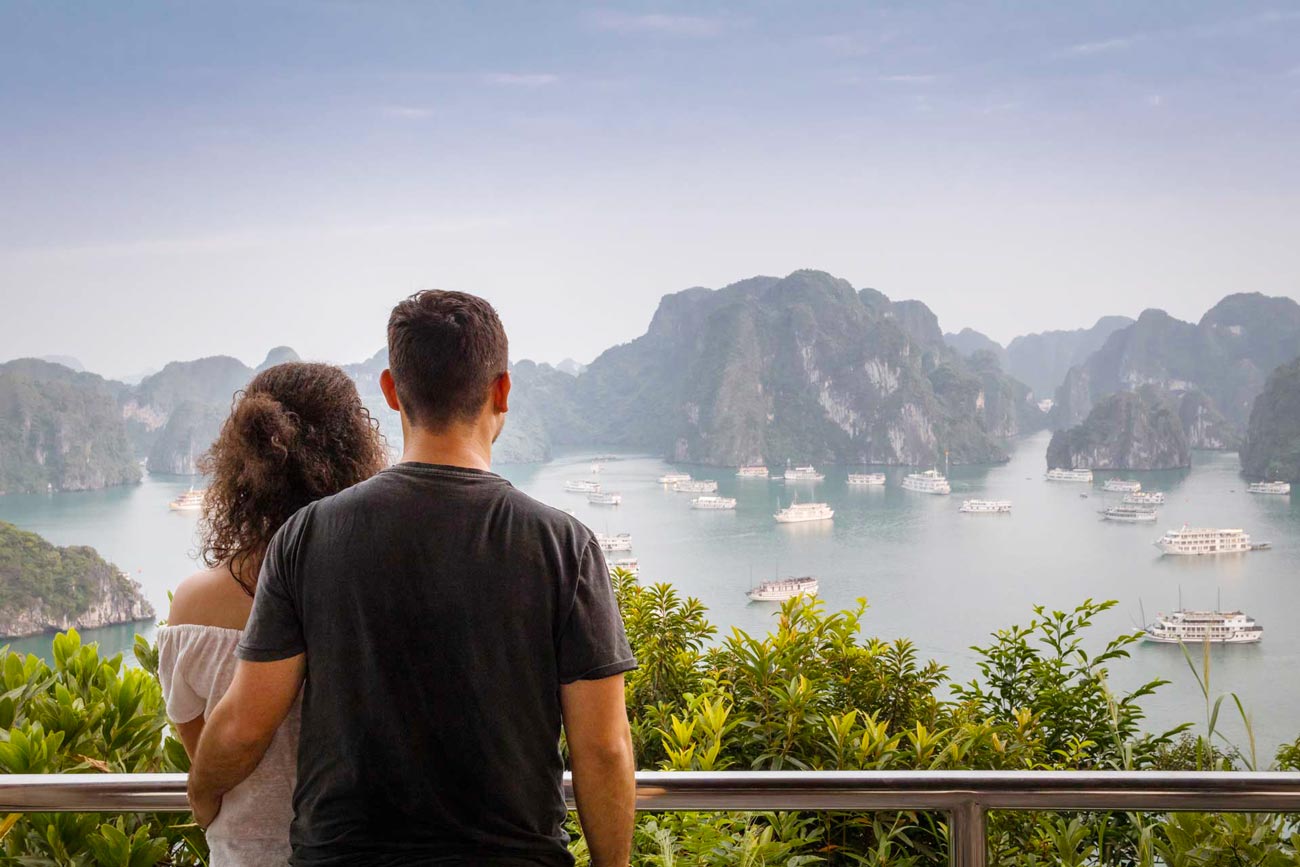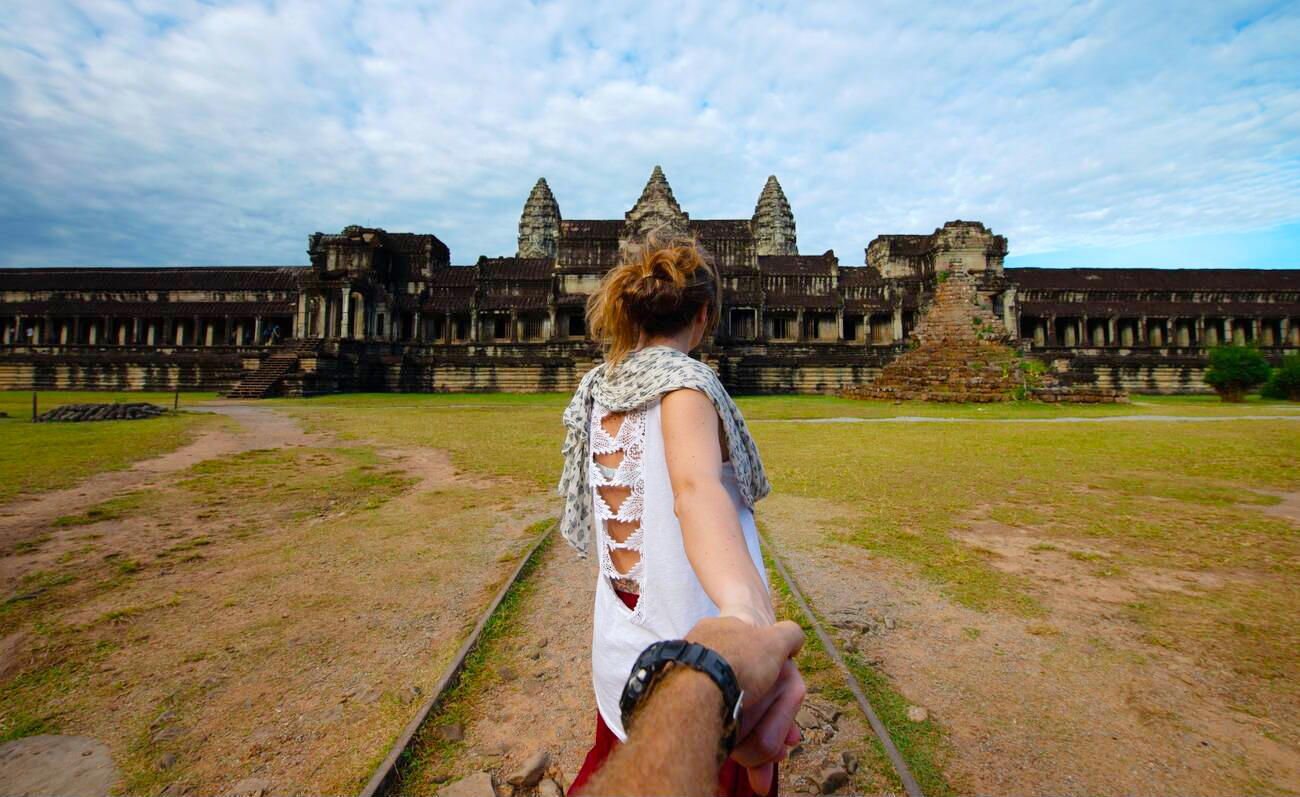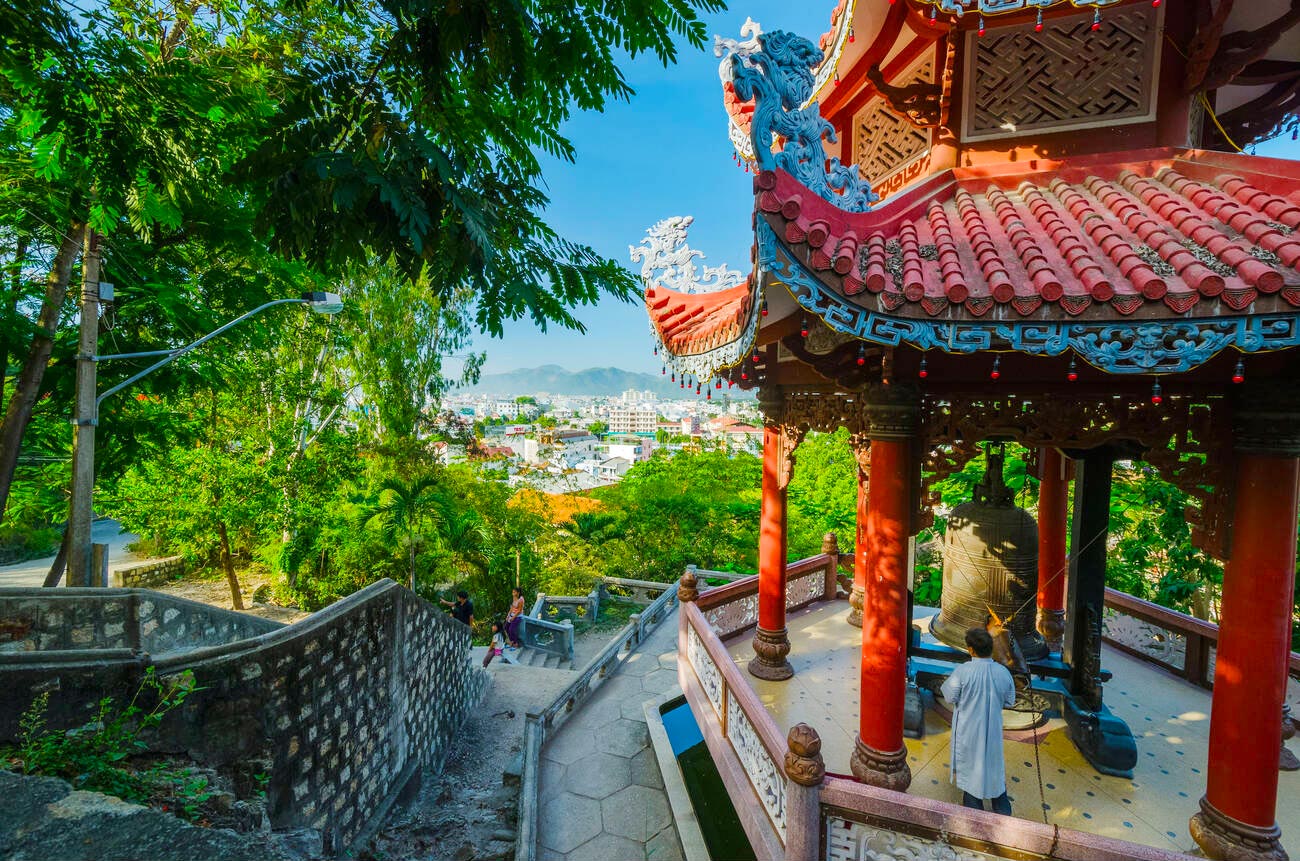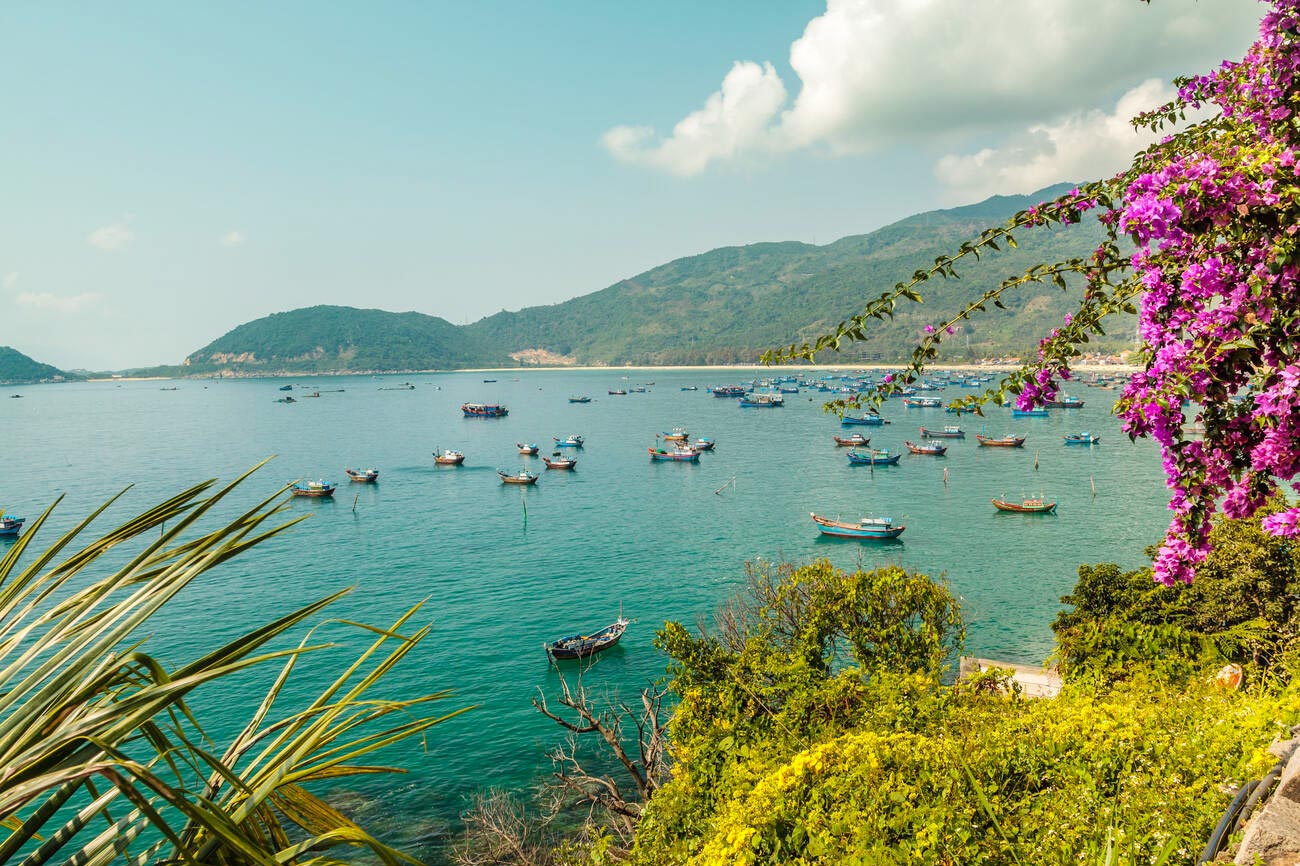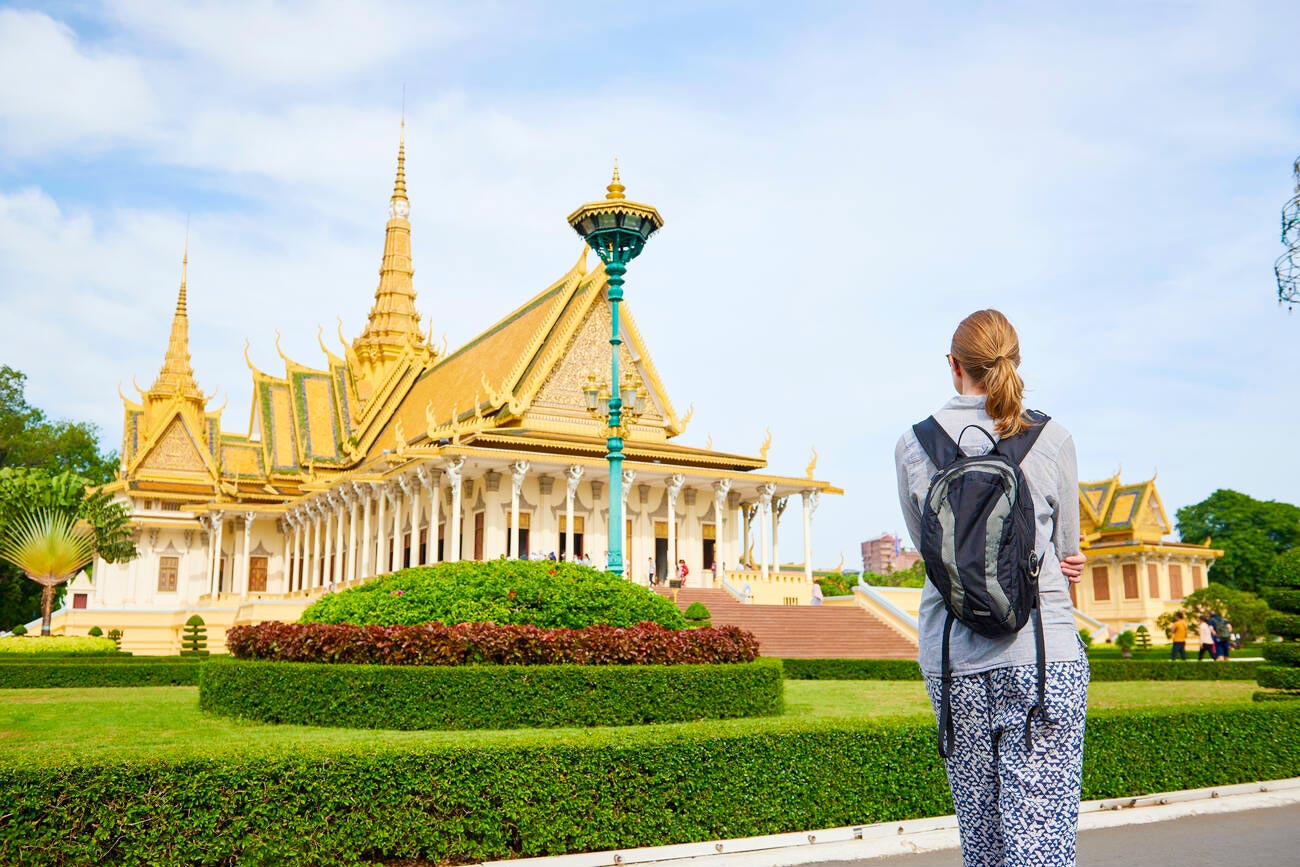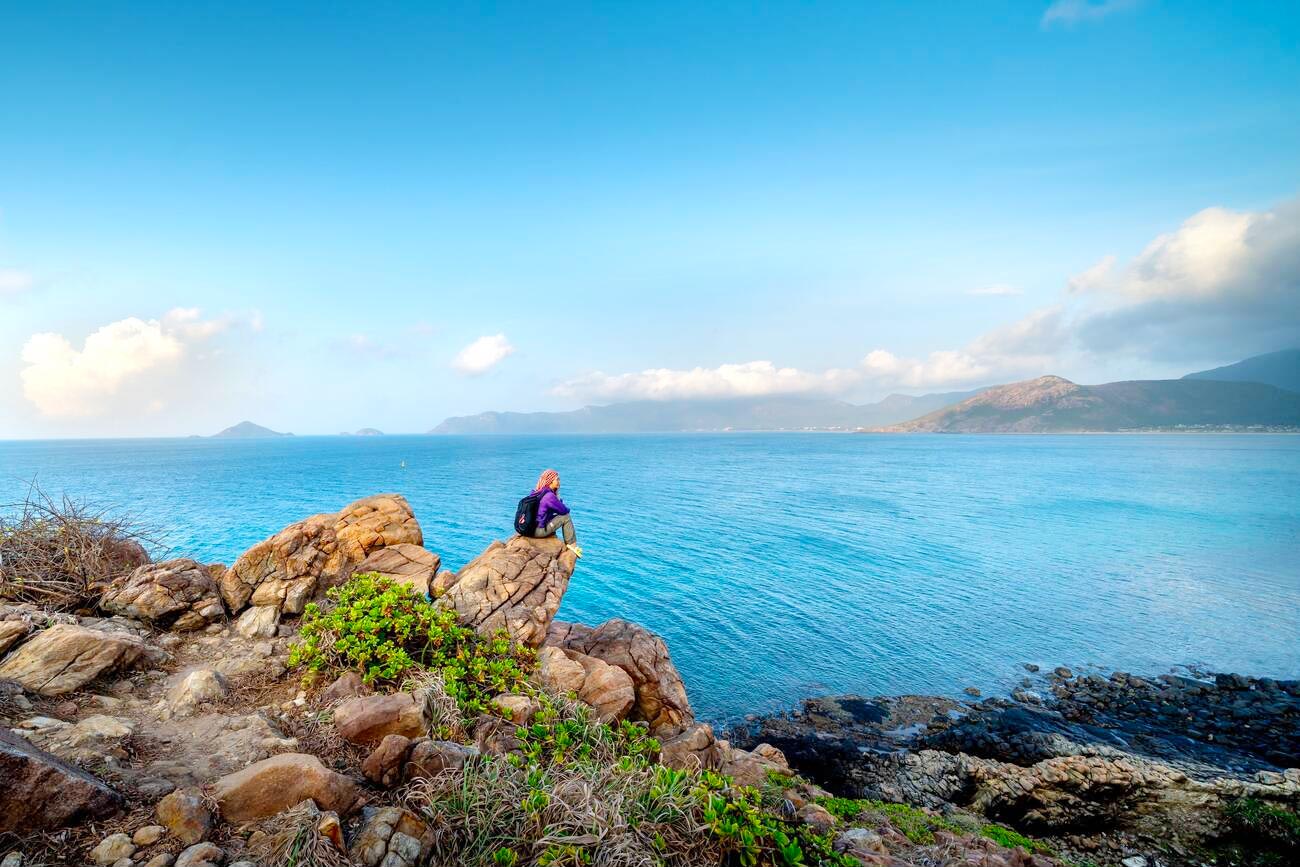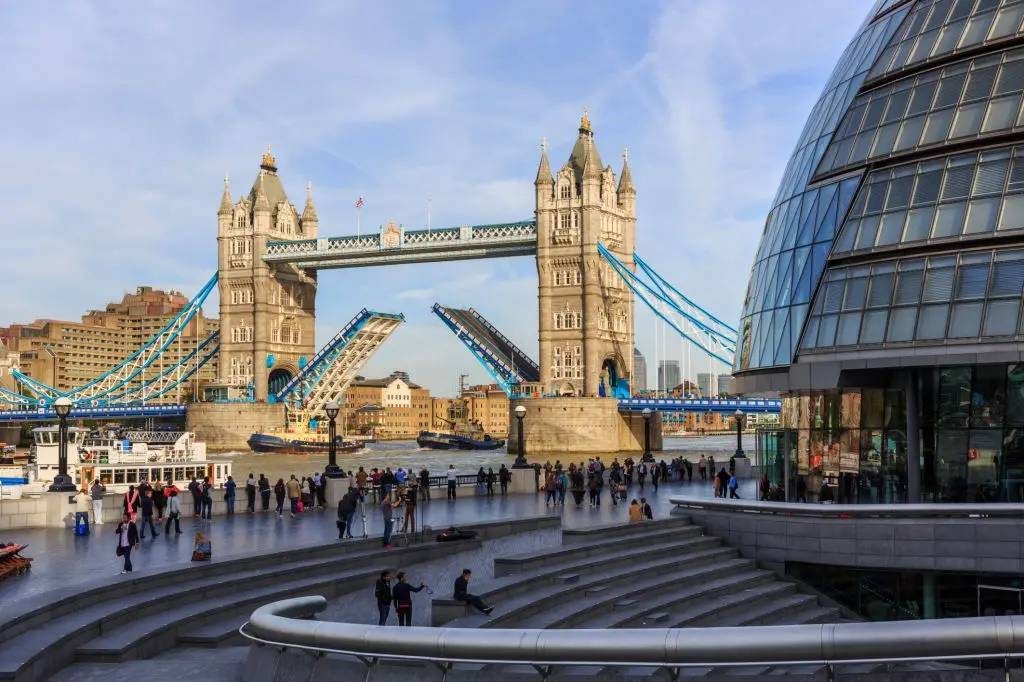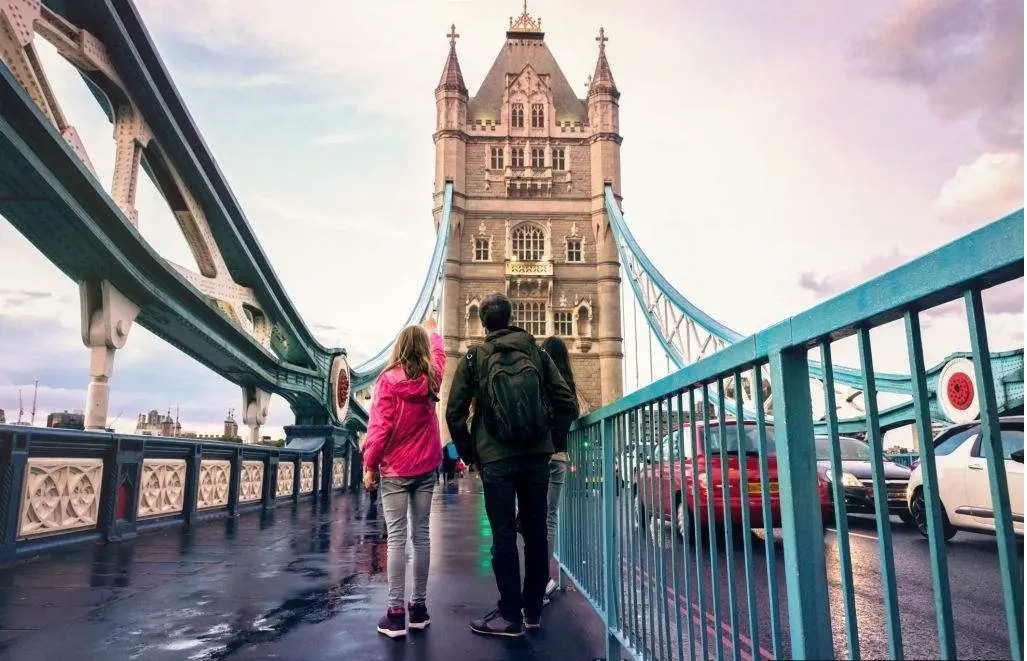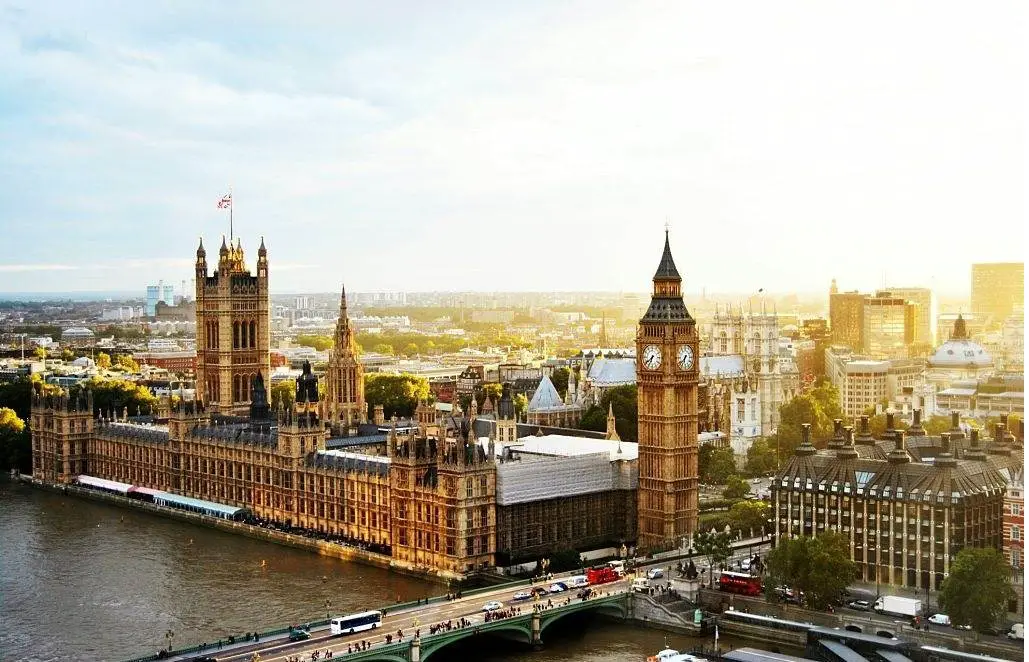Summary
- The guide offers historical insights into the Cu Chi Tunnels’ role in Vietnam’s conflict and resilience.
- Practical advice covers the best time to visit, how to reach the tunnels, and safety considerations.
- Detailed exploration of tunnel sections highlights living conditions, booby traps, and the resourcefulness of the Viet Cong.
- Cultural immersion suggestions include sampling local cuisine, visiting other attractions, and practicing responsible tourism.
- Reflective takeaways emphasize respect for Vietnam’s past and the universal lessons of perseverance and collaboration.
Cu Chi Tunnels is not just a historic landmark but a place of profound cultural significance that resonates with Vietnam’s storied past. Located approximately 70 kilometers northwest of Ho Chi Minh City, these underground passageways weave a tapestry of resilience and determination dating back to the tumultuous Vietnam War.
When exploring this network of subways beneath the soil, travelers can gain more respect for human ingenuity and an unwavering spirit. This comprehensive guide will take you through everything you need to know—historical background, logistical considerations, highlights of the tunnel complex, tips for a more meaningful visit, and the broader cultural context that makes Cu Chi Tunnels a remarkable landmark worth visiting.
A Brief History of Cu Chi Tunnels
Vietnam’s turbulent history has shaped its people’s tenacity and resourcefulness. The country’s past has often demanded creative defensive strategies, from resisting colonial powers to enduring global conflicts. The Cu Chi Tunnels are a poignant example of this resilience. These tunnels, stretching over 250 kilometers at their peak, were built in the late 1940s during the struggle against French colonial rule. Over the subsequent decades, they were expanded and fortified by the Viet Cong forces, evolving into a strategic stronghold during the Vietnam War.
While many travelers might associate the Cu Chi Tunnels primarily with the Vietnam War, it is critical to understand the broader context that explains their origins. Historically, rural areas around Cu Chi have long faced challenges, from maintaining farmland in a dense environment to withstanding military bombardments. People built these labyrinthine tunnels to hide and store essential supplies and sustain day-to-day life—complete with medical quarters, living spaces, command centers, and communication routes.
Their ingenuity sets the Cu Chi Tunnels apart from typical defensive structures. The layers of the tunnel system were carefully designed with ventilation shafts and hidden trapdoors, blending seamlessly into the natural environment. To make detection even harder, the Viet Cong designed elaborate booby traps and disguised entrances. This multi-tiered network was a means of avoiding detection from aerial reconnaissance and enabled rapid evacuation and surprise attacks. By grasping this past, modern travelers have a deeper appreciation of the creativity and determination invested into these hidden passageways.
War Remnants and Their Significance
Although the Vietnam War ended decades ago, many vestiges remain across the country, particularly in the South. Museums, war memorials, and preserved sites like the Cu Chi Tunnels are tangible reminders of Vietnam’s turbulent journey. The tunnels testify to how local communities coped with immense challenges, living underground in cramped conditions for extended periods.
Visiting the Cu Chi Tunnels is thus more than ticking off a famous attraction from a list. It becomes a holistic experience that invites you to connect with Vietnam’s collective memory. For anyone interested in world history, conflict studies, or cultural anthropology, the tunnels offer crucial firsthand insight into how war strategies adapt to local terrain and how communities survive in times of extraordinary difficulty.
Planning Your Trip to Cu Chi Tunnels
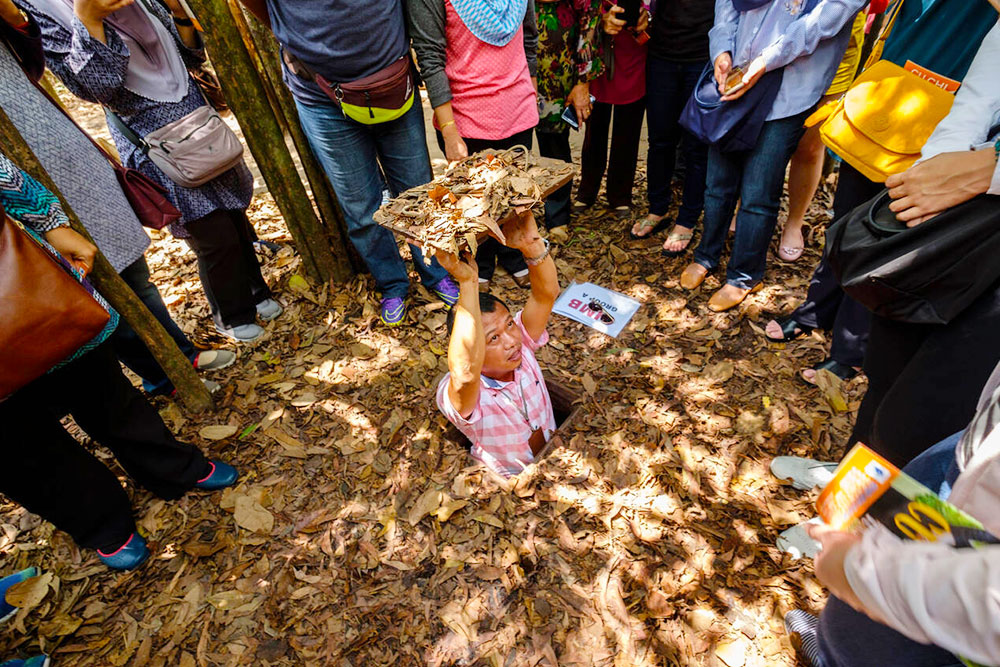
- Choosing the Right Time to Visit
Vietnam’s climate varies considerably between its north, central, and southern regions. Cu Chi falls under the tropical monsoon climate of south Vietnam, typically experiencing two main seasons: the dry season (roughly November to April) and the rainy season (May to October). While you can visit the Cu Chi Tunnels at any time of the year, most travelers find the dry season more convenient since they can avoid heavy downpours. Yet, even during the rainy months, the tunnels remain open and accessible, although trails might get muddy or slippery, necessitating extra caution and suitable footwear.
- Getting There
Most visitors to the Cu Chi Tunnels depart from Ho Chi Minh City. The distance is around 70 kilometers, making it a comfortable day trip from the city’s bustling districts. You can travel by bus, taxi, or organized tour—each option has pros and cons.
- Bus: The cheapest way to travel is by public bus from Ho Chi Minh City. Though more time-consuming, it can be an enriching experience if you enjoy immersing yourself in local life.
- Taxi or Private Car: If convenience and flexibility are your top priorities, hiring a taxi or private vehicle ensures you control your schedule. You can make stops en route, exploring smaller towns or local eateries to get a feel for the countryside.
- Organized Tours: Many travel companies offer half-day or full-day tours to the Cu Chi Tunnels. In addition to round-trip transport, these tours typically provide a knowledgeable guide who offers valuable context and historical background. An organized tour might be the most efficient approach for travelers with limited time or those seeking structured guidance.
- Entrance Fees and Opening Hours
The Ben Dinh and Ben Duoc sections of the Cu Chi Tunnels have distinct ticket prices. Generally, the entrance fee includes access to the tunnel exhibits, documentary screenings, and some interactive experiences. Always confirm the latest ticket prices before your trip, as fees can change without notice.
The sites usually open from early morning to late afternoon, with operating hours often between 8:00 AM and 5:00 PM. While the busiest times tend to be in the late morning when tour groups arrive en masse, you can opt for an early start or a late visit to avoid the crowds.
Discovering the Cu Chi Tunnels
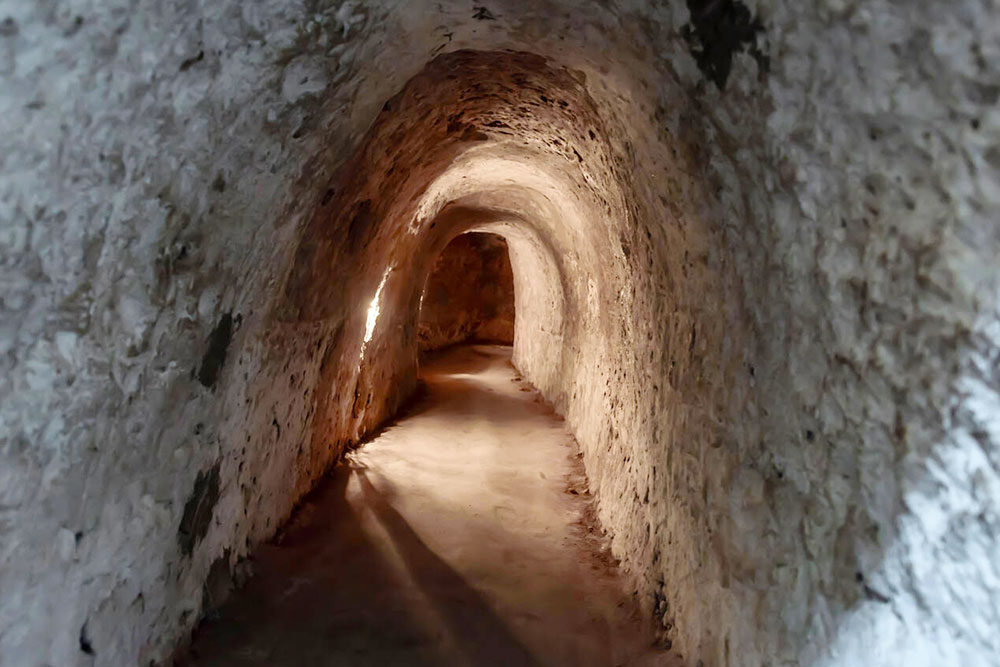
Ben Dinh vs. Ben Duoc
When planning your Cu Chi Tunnels exploration, you will likely encounter two primary sites: Ben Dinh and Ben Duoc. Both are significant, yet they cater to different traveler preferences.
- Ben Dinh: Located closer to Ho Chi Minh City, Ben Dinh is more frequently visited by larger tour groups. If convenience is your priority, you may find this option preferable. The tunnels here have been widened to accommodate a broad spectrum of visitors, offering a more straightforward introduction to the tunnel environment.
- Ben Duoc: Ben Duoc lies farther from the city and receives fewer visitors, offering a slightly more authentic environment. Many sections remain unmodified, providing a more realistic sense of what the Viet Cong experienced. If you seek a less-crowded atmosphere and want to get as close to the original state of the tunnels as possible, you may prefer Ben Duoc.
In either location, you will witness historical relics, watch short documentaries, and have the chance to navigate some sections of the tunnels yourself.
The Experience Underground
Stepping into these narrow, winding channels can be thrilling—albeit slightly claustrophobic. Venturing even a short distance underground provides a glimpse into the conditions that fighters endured for months or years. Passageways often measure under a meter height, forcing you to crouch or crawl. Though some have been broadened for safety, they remain tight enough to deliver a realistic taste of an underground lifestyle.
Within the tunnels, you may encounter a range of exhibits, such as makeshift kitchens, hidden trapdoors, and ventilation systems ingeniously disguised as termite mounds. Guides are generally stationed throughout the site to explain everything, from underground hospitals to supply caches. Please pay careful attention to these demonstrations, as they impart valuable historical and engineering insights.
Understanding the Traps
The Cu Chi Tunnels exhibit a variety of booby traps, each meticulously engineered to deter enemies. Often camouflaged into the surroundings, these traps ranged from punji stake pits to spike boards concealed beneath leaves. While confronting these stark reminders of conflict can be unsettling, they highlight the resourcefulness of those who built them under extremely harsh conditions.
Seeing these traps up close fosters a greater understanding of securing the tunnels from infiltration. Ask questions about how the traps were constructed and used, as the guides will have a wealth of knowledge to bring these historical artifacts to life.
Practical Tips and Cultural Insights
Safety Considerations
For most visitors, exploring the Cu Chi Tunnels is safe but requires alertness and adaptability. If you suffer from claustrophobia or respiratory issues, be mindful of your limits. Although there are emergency exits and widened sections, it is best to assess your comfort level before going deep into the tunnel network.
Wearing comfortable, breathable clothing and sturdy footwear can make the trip more enjoyable. The climate in southern Vietnam can be humid and hot, so hydration is paramount. Water stations are typically available, but carrying a personal water bottle is wise. Additionally, a small flashlight may be helpful in darker sections.
Cultural Sensitivity and Respect
The Cu Chi Tunnels deserve respectful conduct as a site commemorating wartime struggles. Photos are generally allowed but be considerate of where and when you take them. Avoid trivializing the experience, and remain conscious that for many Vietnamese, this site holds deep emotional significance connected to loss and suffering.
When engaging with local guides or vendors, maintain politeness and courtesy. Learning a few Vietnamese phrases—such as “xin chào” (hello) or “cảm ơn” (thank you)—can go a long way in creating positive interactions. Although English is widely spoken in tourist areas, showing an effort to speak the local language often earns you a warm reception.
Engaging with Local Guides
Hiring a local guide can be invaluable for a more nuanced understanding. Not only can they highlight hidden details that you might otherwise miss, but they also share stories passed down through generations. Many guides have family connections to the Vietnam War, offering anecdotal accounts that humanize the historical narrative. Some may even demonstrate how to navigate the tunnels or set up the rudimentary cooking stoves used to manage smoke underground.
Complementary Experiences and Cultural Immersion
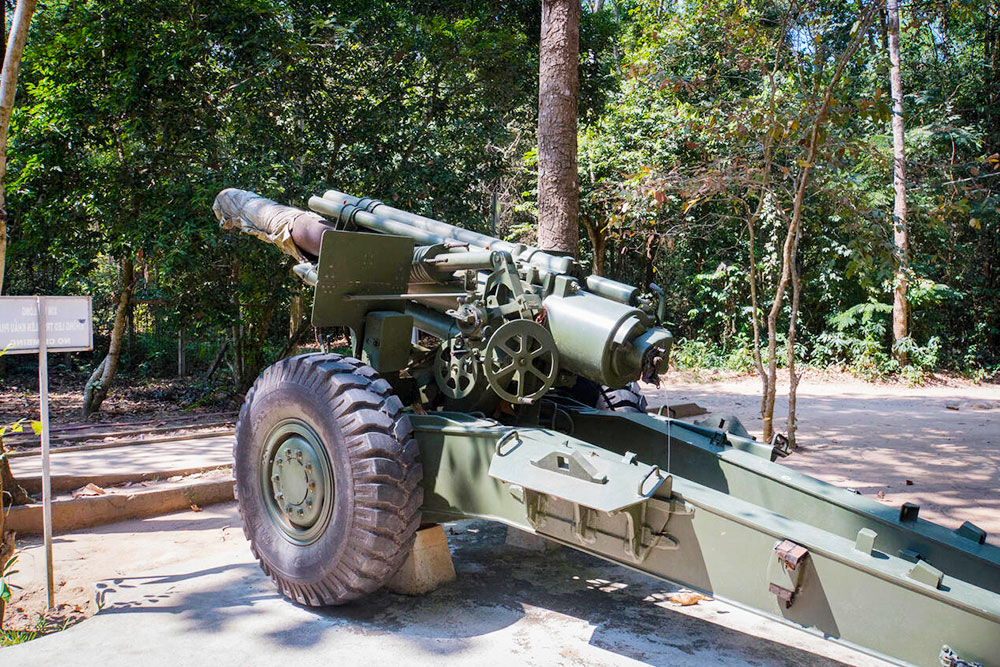
Tasting Vietnamese Cuisine
To maximize your day trip, consider pairing your tunnel visit with a sampling of local Vietnamese dishes. On-site, you may have the chance to try simple wartime staples like steamed tapioca dipped in sesame and peanut salt—foods that sustained the Viet Cong during their subterranean lives.
After exploring the tunnels, you can visit a nearby local restaurant for a more elaborate meal featuring southern Vietnamese flavors. Popular dishes in this region include bánh xèo (crispy rice pancakes), bún thịt nướng (rice noodles topped with grilled pork), and canh chua (tangy fish soup). Venturing beyond the tourist zone to family-run eateries can lead to memorable encounters with the region’s culinary heritage.
Visiting Nearby Attractions
Though the Cu Chi Tunnels alone can fill an entire day, travelers seeking a broader cultural immersion often combine this trip with other local highlights. Depending on your interests, you might explore the following:
- Tay Ninh and the Cao Dai Temple: Situated north of Cu Chi, Tay Ninh is home to the Cao Dai Holy See, an architectural marvel blends elements of multiple faiths. Observing midday prayer rituals can be a unique cultural experience.
- Mekong Delta Tours: From Ho Chi Minh City, it’s not uncommon for travelers to schedule multi-day excursions that incorporate both Cu Chi Tunnels and Mekong Delta boat rides. You can enjoy floating markets, scenic waterways, and local workshops producing coconut candy or rice paper in the Delta region.
- War Remnants Museum in Ho Chi Minh City: For those wanting to delve deeper into the war’s historical context, the War Remnants Museum offers valuable exhibits, photographs, and personal testimonies that further illuminate the significance of the Cu Chi Tunnels.
Responsible Tourism
As tourism to Vietnam continues to rise, sustainability and responsible travel become all the more vital. When exploring Cu Chi and its surrounding areas, be mindful of waste disposal, noise levels, and interactions with wildlife or plant life. Many local businesses rely on visitors for economic survival, so patronizing ethically run enterprises and buying from local artisans can help funnel resources back into the community.
To enhance your social impact, consider combining your tunnel visit with philanthropic endeavors—such as volunteering at local schools or supporting community-led conservation projects. By approaching your trip with a spirit of respect and curiosity, you contribute to preserving the cultural integrity and environment of the region for future generations.
Final Reflections and Meaningful Takeaways
Emerging from the Cu Chi Tunnels with dusty clothes and an awakened perspective, you’ll likely realize that these are not just historical relics but living emblems of Vietnam’s indomitable spirit. The chance to see how people adapted to extreme circumstances—digging deep beneath the earth to persevere—can be a moving encounter that shifts how you perceive war, resourcefulness, and the human will.
Visiting the Cu Chi Tunnels extends beyond the thrill of tight passages and interactive exhibits. It offers vital context about a chapter of history that still resonates worldwide. Whether you are a casual traveler, a history buff, or a cultural enthusiast, the knowledge gained here has the potential to inform and inspire.
This experience can also serve as a gateway to broader explorations of Vietnam’s diverse landscapes and heritage sites. Interacting with local communities and learning from their stories enables you to appreciate the depth of Vietnamese culture. Ultimately, the tunnels deliver a profound lesson on how communities unite to survive and flourish against all odds.
As you wrap up your time at the Cu Chi Tunnels, consider how you can extend your travels to discover more of Vietnam’s cultural tapestry. Perhaps head to the bustling cityscape of Ho Chi Minh City to delve into French colonial architecture or explore the winding streets of Hanoi in the north. Make your way to the UNESCO-listed ancient town of Hoi An, or witness the surreal limestone karsts of Ha Long Bay. Each region unfolds another chapter of a nation that has continually adapted and thrived despite monumental trials.
Wherever your journey takes you, let the lessons of Cu Chi guide your path. Embrace local culture, engage wholeheartedly with history, and keep an open mind. In doing so, your trip to Vietnam transcends tourism, becoming an enriching experience that broadens your perspective on humanity’s shared stories of strife, perseverance, and unity.
Secure your customized Vietnam adventure with our experts today to enhance your getaway. By opting for one of our Vietnam holidays, you’ll explore breathtaking natural beauty, delve into a rich cultural mosaic, and enjoy unique attractions—promising genuinely unforgettable moments that will endure forever.

